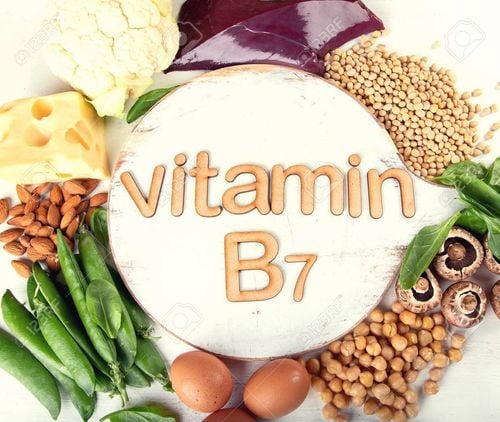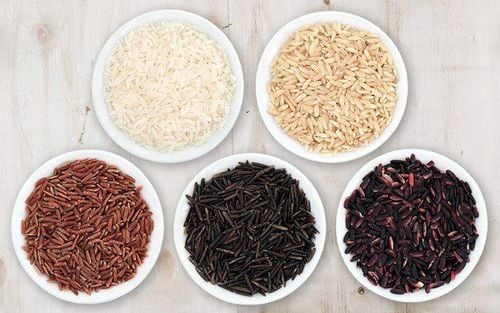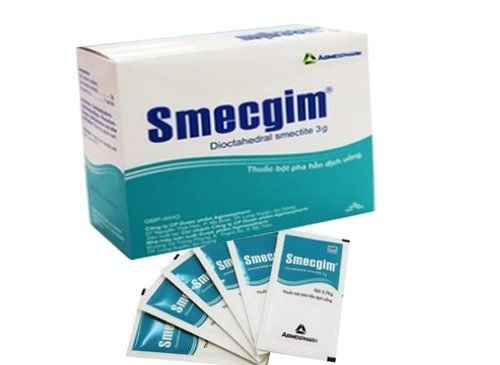This is an automatically translated article.
Aminoplasmal drug is a brand-name drug with the function of regulating the electrolyte balance as well as the balance between acid and base in the body, prepared in the form of intravenous infusion. In the article below, more complete information related to Aminoplasmal brand-name drugs will be provided to readers.
1. General information about Aminoplasmal drugs
Aminoplasmal drug, also known as Aminoplasmal infusion solution, is a drug of the group that provides electrolytes, thereby rebalancing the acid - base environment in the body. The composition of Aminoplasmal is relatively diverse and divided into two main groups of active ingredients:
Amino acids: including many amino acids such as Isoleucine (0.625 grams), Lysine hydrochloride (1.07 grams and equivalent to 0.8575 grams of common lysine) ; Leucine (1.1125 grams); Methionine (0.55 grams); Threonine (0.525 grams); Tryptophan (0.2 grams); Phenylalanine (0.5875 grams); Valine (0.775 grams); Arginine (1,4375 grams); Alanine (1.3125 grams); Histidine (0.375 grams); Glycine (1.5 grams); glutamic acid (0.9 grams); Aspartic acid (0.7 grams); Proline (0.6875 grams)' Tyrosine (0.1 grams) and Serine (0.2875 grams). Electrolytes include active ingredients such as sodium acetate trihydrate (0.34025 grams); Sodium hydroxide (0.035 grams); Sodium chloride (0.241 grams); Potassium acetate (0.61324 grams); Disodium phosphate dodecahydrate (0.89525 grams) and finally magnesium chloride hexahydrate (0.127 grams).
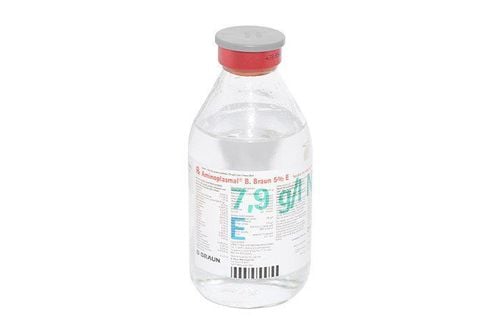
Aminoplasmal giúp cung cấp điện giải qua đường dịch truyền
2. What are the health effects of Aminoplasmal?
In some diseases, the patient's body often does not synthesize amino acids well, especially the 8 essential amino acids. Therefore, Aminoplasmal brand-name drug in the form of infusion is used for the purpose of providing amino acids (acting as a substrate) in the body's protein synthesis through parenteral nutrition in the body. when the patient is unable to actively feed through the gastrointestinal tract or orally.
According to many calculations, the ratio of amino acids provided is a balanced and reasonable ratio, designed to suit the body's tolerance. It is this balanced ratio that helps to increase anabolism and reduce negative nitrogen, rebalancing the amino acid environment inside the body.
Intravenous nutrition must always combine amino acid infusion with the appropriate amount of electrolytes to provide energy for many vital activities of the body. In particular, Aminoplasmal infusion solution is completely free of sulfites and carbohydrates, thereby limiting a series of side effects related to these active ingredients such as liver toxicity, headache, nausea, diarrhea or the formation of oxalate crystals in the kidneys.
3. What is the dose of Aminoplasmal for adults and children?
Depending on age, the average daily Aminoplasmal dose will be different. In which, for adults, the average infusion is about 20ml to 40ml per kilogram of patient weight. This Aminoplasmal dose is also equivalent to about 1 gram to 2 grams of amino acids per kilogram of body weight. Thus, a 70kg patient may require an infusion of 1400ml to 280ml Aminoplasmal daily.
For children, the dosage is divided into several age classes as follows:
Adolescent children aged 15 to 17 years have the same dosage as adults. For children aged 6 to 14 years, the average Aminoplasmal dose is about 20ml per kg of body weight daily. Children from 3 to 5 years old, need 30ml of Aminoplasmal drug per kg of body weight daily.
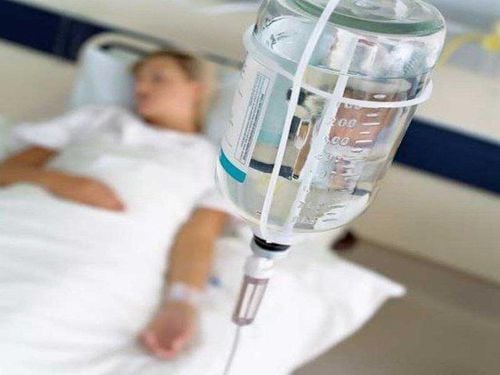
Aminoplasmal cần được truyền theo chỉ định y lệnh của bác sĩ
4. What side effects can Aminoplasmal infusion cause?
Performing Aminoplasmal infusions does not usually cause obvious side effects and is also very rare. Some of the reported side effects of Aminoplasmal include:
Nausea and vomiting. Mild fever, chills and headache...
5. Aminoplasmal brand-name drugs are contraindicated for which groups of subjects?
Although it is a nourishing infusion, Aminoplasmal drugs can still be harmful to some groups of subjects, called contraindications as follows:
People who are allergic to any component of Aminoplasmal . Congenital abnormal amino acid metabolism. The patient has a severe and possibly life-threatening circulatory disorder. Patients with hypoxemia, progressive liver disease, metabolic acidosis, severe renal failure not on dialysis. The concentration of electrolytes is currently high in the serum. Children 2 years of age and younger are also contraindicated for Aminoplasmal.
6. Precautions when using Aminoplasmal drugs in treatment
After weighing the benefits and risks of Aminoplasmal IV fluids, some advice has been given by physicians as follows:
Aminoplasmal infusion dosage needs to be adjusted lower for the patient. patients with hepatic and renal impairment, and patients with increased serum osmolality should be examined in particular. Serum protein levels should be well controlled, liver function should be checked, and throughout the infusion, the responsible person must regularly monitor serum electrolytes, blood sugar, and kidney function through creatinine. , fluid balance of the body... In general, Aminoplasmal drugs are a group of drugs that are performed directly by doctors in patient care, so they often leave little unwanted consequences.
Follow Vinmec International General Hospital website to get more health, nutrition and beauty information to protect the health of yourself and your loved ones in your family.
Please dial HOTLINE for more information or register for an appointment HERE. Download MyVinmec app to make appointments faster and to manage your bookings easily.





